The 7 costly mistakes driving up your bills and slashing the lifespan of your devices
Curb energy bloopers with tips from home appliance experts
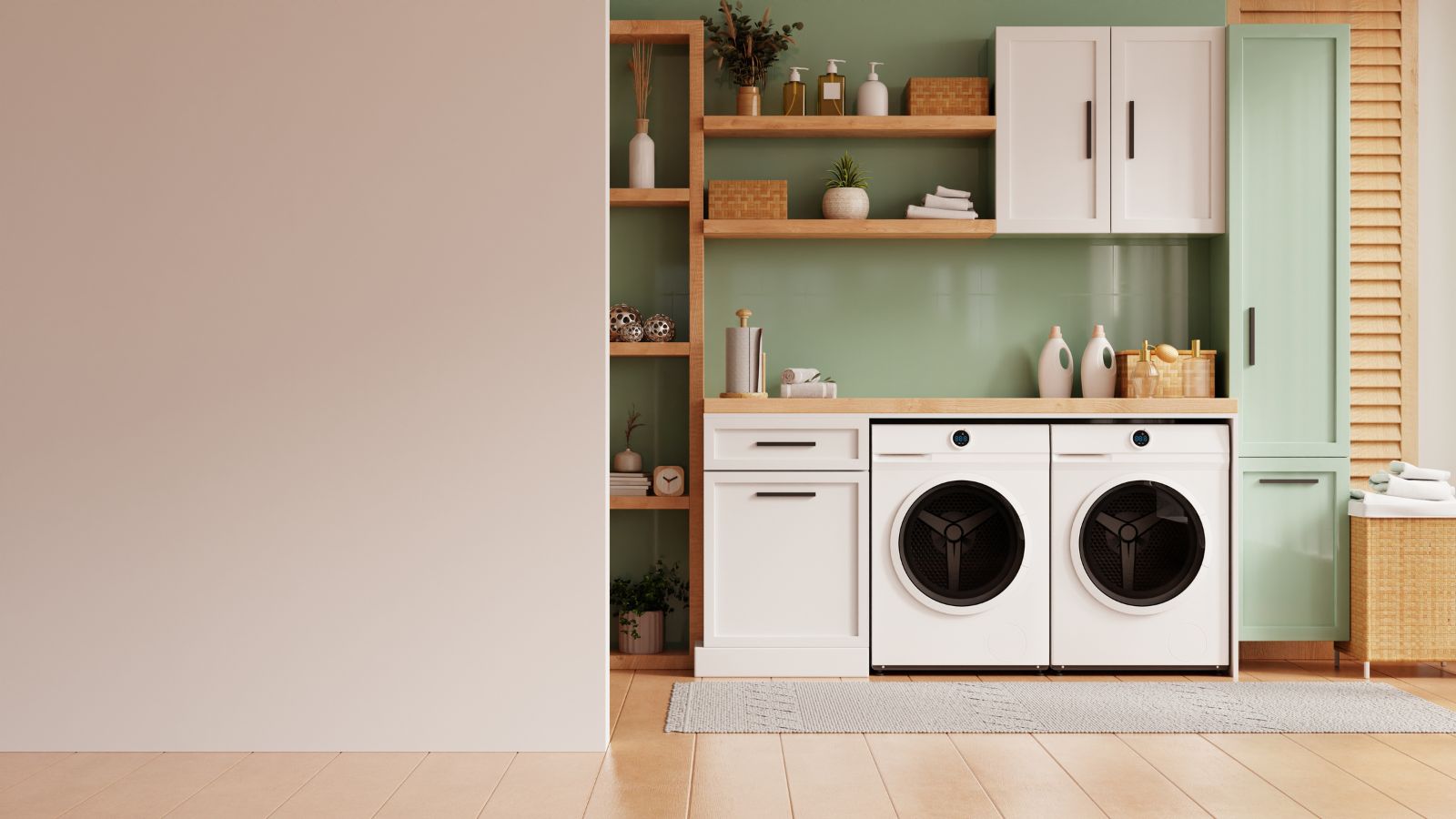

With rising energy costs and the climate crisis to consider, keeping a careful eye on energy usage at home is paramount. Understanding what the costly mistakes you're making when running electrical appliances will help further protect your pocket and the planet.
Keep your bills down and naturally reduce consumption with our expert tips, including unplugging fully charged items and assessing heat loss at home.
Our energy pros share their expertise on how to navigate this and slash your energy bills.
1. Poor quality power being delivered from your supplier
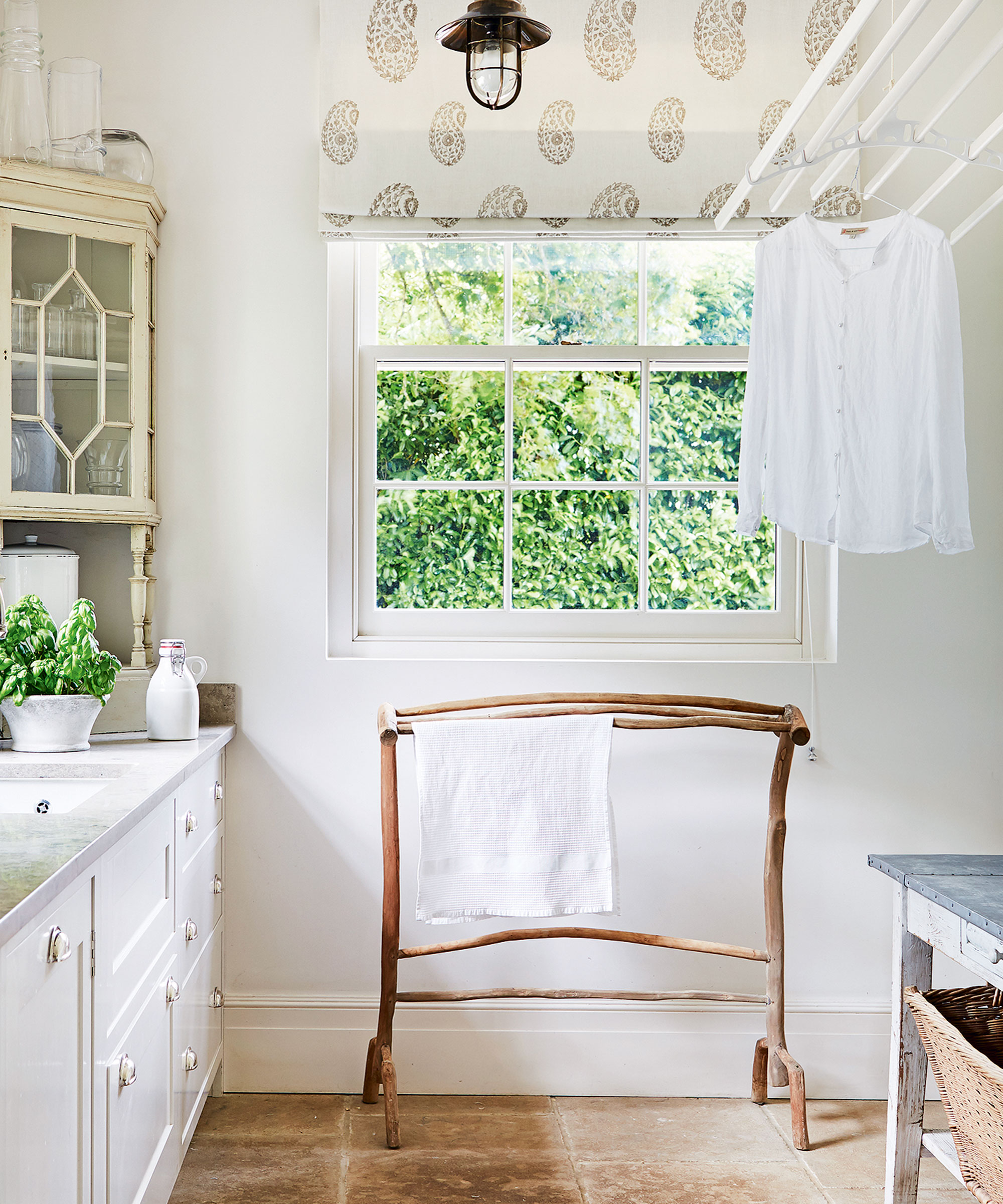
According to Bob Marshall, co-founder and CEO of Whisker Labs, the biggest mistake homeowners make is overlooking the quality of power being delivered to our homes.
'Poor power quality from utilities can cost homeowners hundreds of dollars per year by damaging appliances, reducing energy efficiency, and shortening device lifespans,' he says.
The first thing we need to do is understand how our utilities are performing.
Bob continues, 'In some cases, the worst utilities are delivering poor power to more than 40% of customer homes. You can get a utility power report free from power-quality.tingfire.com, providing homeowners with the information they need to hold utilities accountable for delivering power that meets industry standards.'
2. The thermostat's too high

We know, it's tempting to turn up the thermostat just a tiny bit on those chilly evenings, but it's all too easy to forget to dial it back down later.
Courtney Klosterman, home insights expert at Hippo home insurance offers her advice. 'The U.S. Department of Energy (DOE) says you can save energy costs in the winter by setting your thermostat between 68°F and 70°F while you’re home, and less when you’re away. The DOE also explains that heat loss happens more slowly when the temperature inside your house is low.'
One of our editors found running her thermostat consistently at this temperature day and night shaved hundreds of dollars off her winter energy bills.
Courtney shares some tips on setting your thermostat throughout the year.
- Set your thermostat at a low setting that’s still comfortable for everyone in your home.
- Keep your thermostat a few degrees lower than normal when you’re asleep or out of the house.
- Ensure your thermostat is located in a high-traffic area inside your home and away from areas with temperature extremes such as near exterior doors, so it can accurately read the temperature. Depending on your thermostat, you can move it yourself or call an HVAC professional for help if needed. Do not place them on internal walls that are open to the elements on the other side.
- Consider investing in a smart thermostat (the Amazon Smart Thermostat is budget friendly and works with Alexa) to set a schedule and more easily monitor your home’s energy usage.
- Consider using small space heaters, available at Amazon, if you only need to heat a small part of your home but keep your family and home safe by swotting up on dangerous space heater mistakes to avoid.
All prices correct at time of publication.
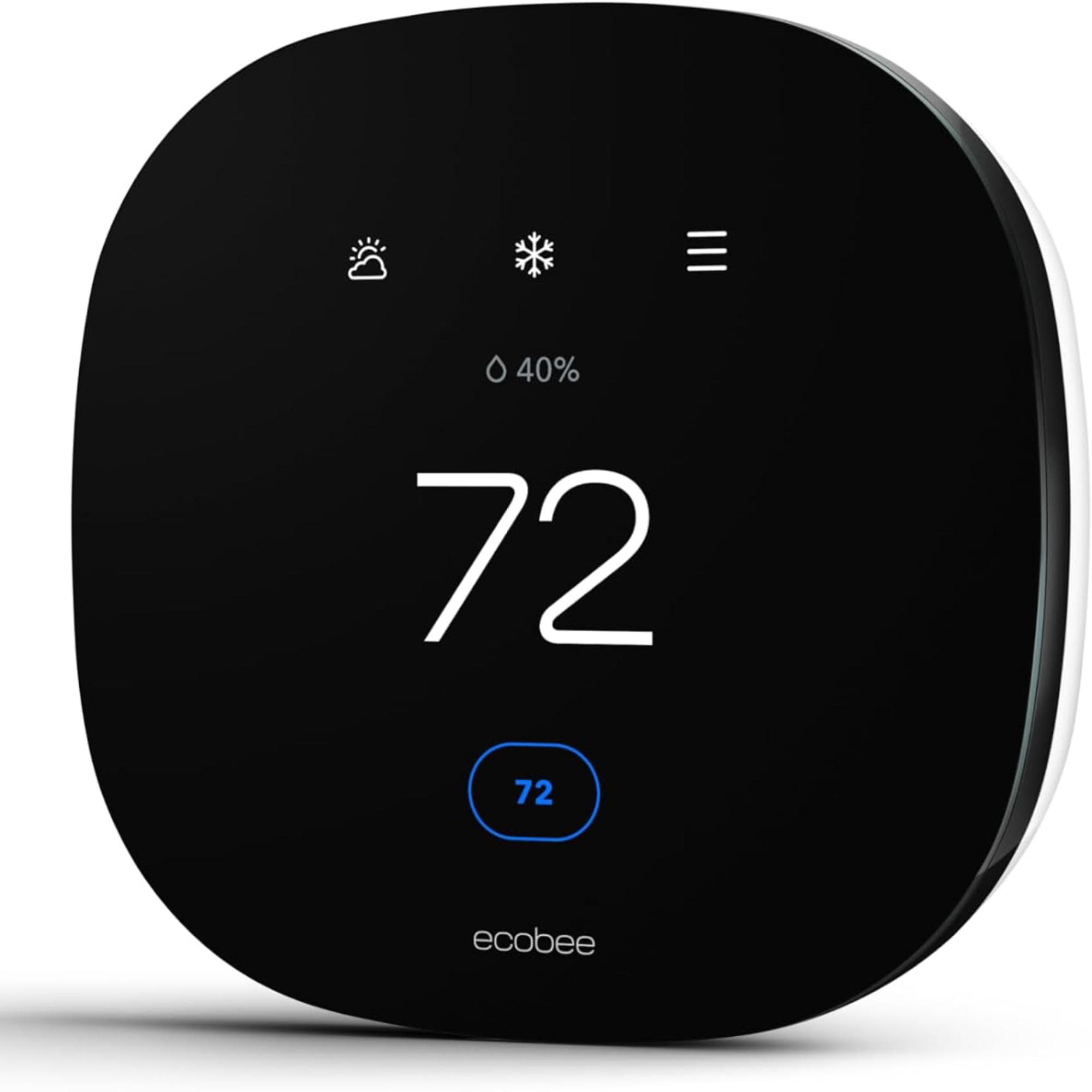
This clever thermostat can manage hot or cold spots and deliver enhanced comfort to the rooms that need it the most. It will pause your heating or cooling when a window or door is left open and is compatible with most 24 VAC HVAC systems like heat pumps, boilers and fan coil units. It also smartly shows the room's humidity so you can avert the increased risk of mold.
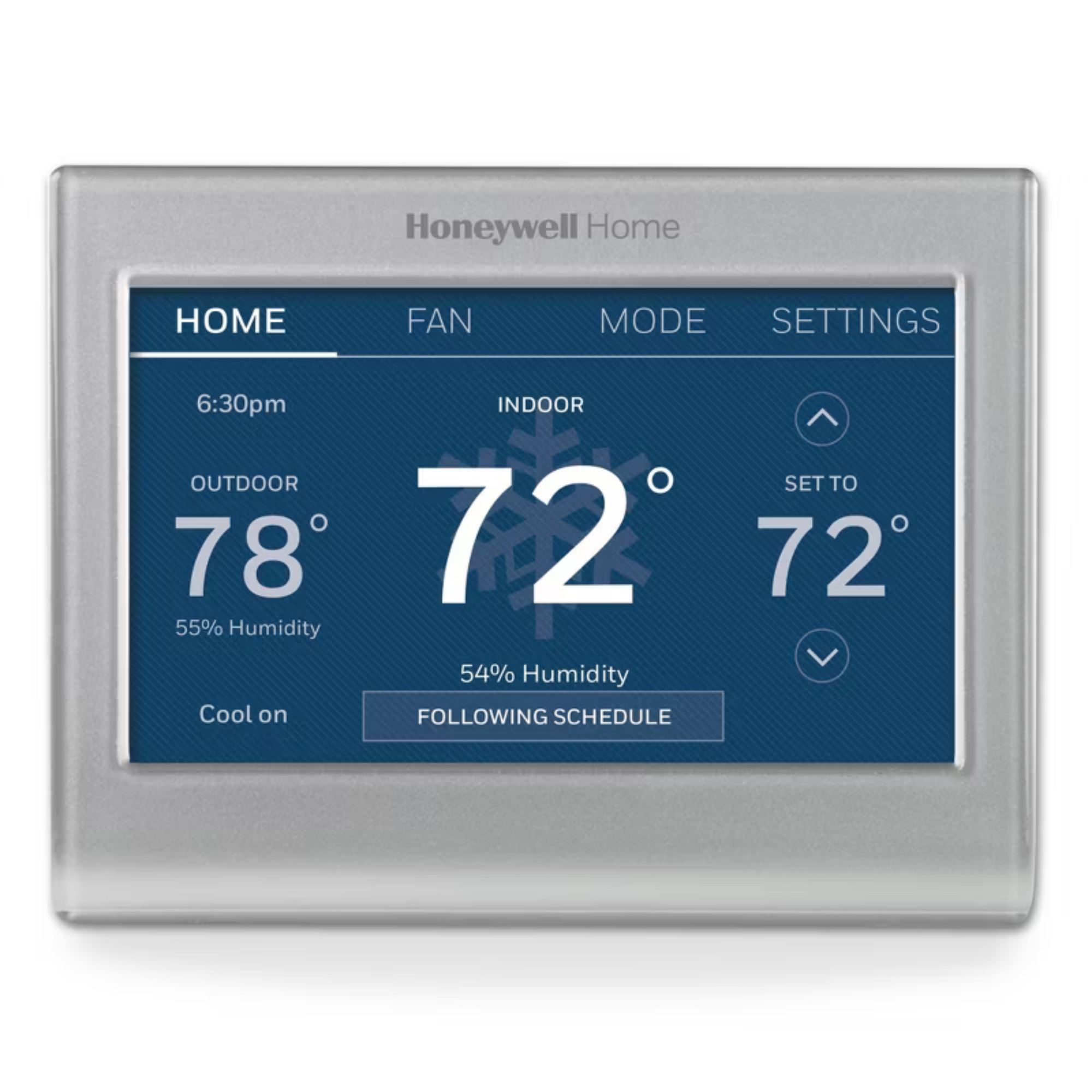
What's great about this thermostat is that you can programme a temperature schedule for every day of the week, ensuring family needs are met and costs are kept down. It has a full color display, shows current and future conditions and is compatible with voice assistant devices like Alexa, Cortana and others.
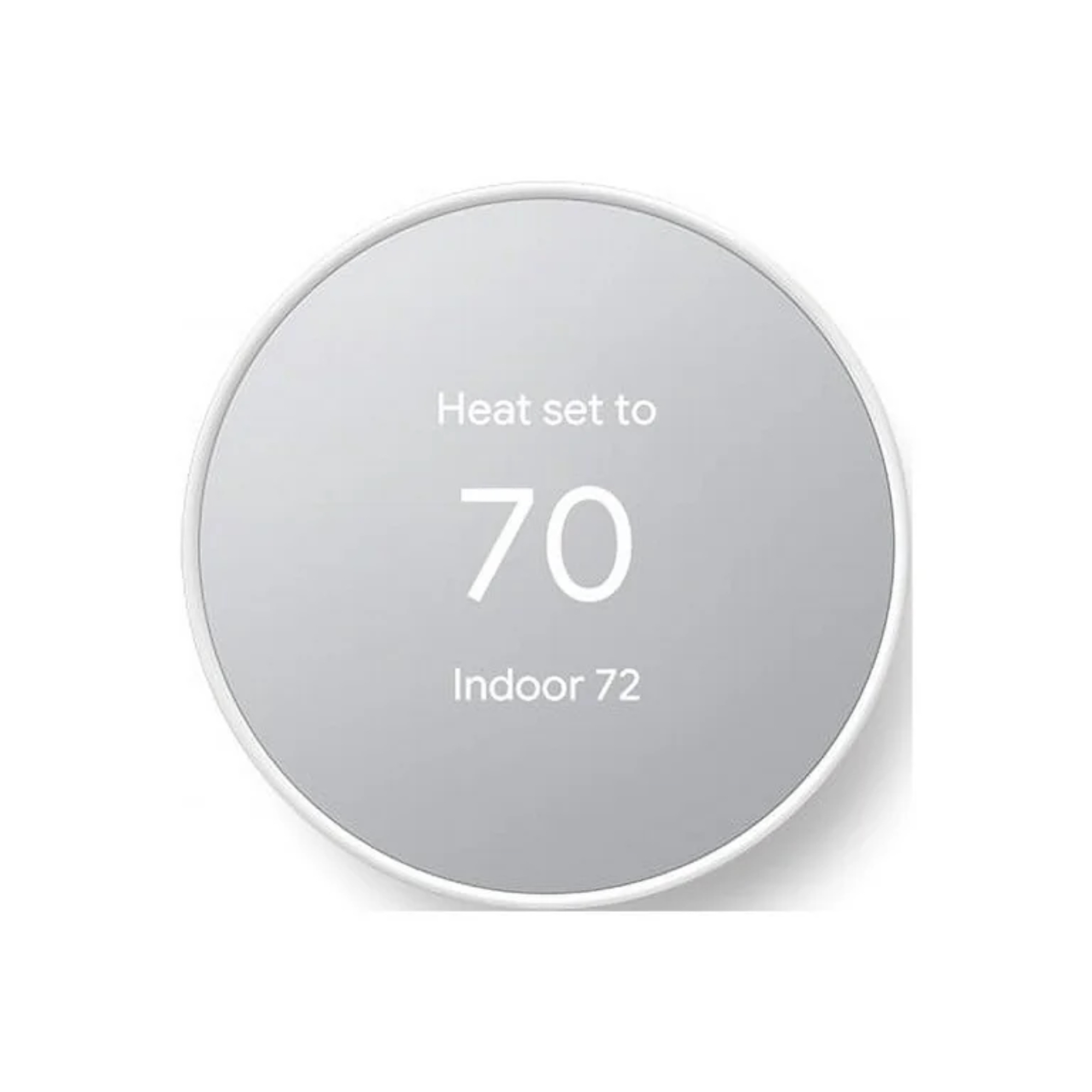
This thermostat will monitor your heating and cooling systems and alert you if something doesn't seem right. It will also send out reminders if filters need changing. You change the temperature from anywhere via an app.
3. Not taking advantage of natural heat

Depending on where we live, some of us will have access to more natural heat than others – and it's a definite area to take advantage of if you can.
According to Courtney, passive heating uses the sun's natural heat to warm up your home. 'Methods range from opening the blinds during the day to let in heat to choosing building materials that can trap heat during the day and release it in the evening,' she advises.
There are a few new habits you can adopt too, Courtney says, 'Invest in thermal insulated curtains, have ceiling fans rotate clockwise at a low speed to redistribute heat and prevent drafts and don't plant evergreen trees south of your home as they'll block out the sun during winter.'
Shop thermal curtains at Amazon.
4. Failing to block off drafts

Take some time to have a walk around your home and see where you could be leaching heat. It might be from windows, doors and cracks in floor boards, if you feel like your bills are high it could be that your appliances are having to work harder to maintain the set temperature.
Another way to tell if you're wasting heat is to invest in a power consumption meter. Clement Feng, VP of product management at Briggs & Stratton Energy Solutions explains, 'They are easy to use, can cost less than $25 and are sold online and at neighborhood hardware stores and large home improvement retailers (we like Amazon's upgraded watt power meter plug home electrical usage monitor). Simply plug each appliance into the meter and you’ll get a measurement of how much power the appliance uses. More sophisticated models can monitor multiple appliances or even all circuits in your electrical panel and can log the power consumption over time.'
Once you've located draughts then start to seal them up, 'Common areas of loss include around windows, ceilings and outside walls – use weather stripping around windows and doors. Add proper insulation and seal gaps to significantly improve heat retention,' advises Bill Taylor, HVAC Contractor Manager at South Jersey Gas and Elizabethtown Gas.
Delve into our draft proofing tips and room-specific guides:
- How to draft proof a bedroom
- How to draft proof a living room
- How to draft proof a basement
- How to draft proof a fireplace
- How to draft proof a bathroom
- How to draft proof an entryway
- How to draft proof sunrooms
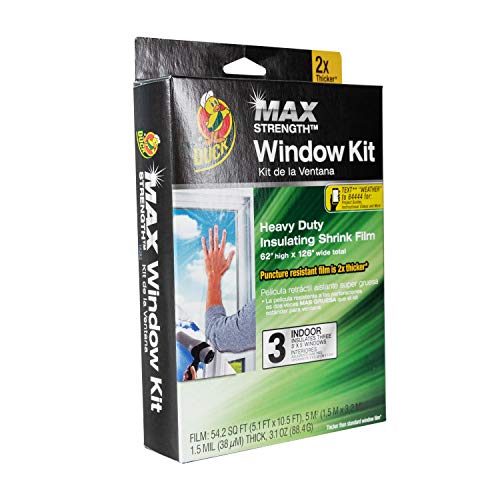
This heavy-duty insulating film blocks drafts and reduces heat loss, and can bring your energy bills down by up to 20%. It’s quick and easy to install and when you need to replace or remove it, comes off without damaging the glass.

This quality sealant is cost effective and great for DIY projects as it is easy to use. It comes with great reviews, preventing drafts and water infiltration, and is highly recommended by our HVAC pros.

Adding a rug to any internal floor will help block sneaky drafts wafting up. This Persian-inspired rug is thick and super soft, adding comfort underfoot.
5. Overly bright or powerful lightbulbs

When you have time over the weekend check over your lights – are the bulbs appropriate to the kind of feel you want to create or are they overly bright? Are the bulbs as energy-efficient as they can possibly be?
Courtney suggests really looking into your holiday lights too. 'With rising utility prices, additional lights, especially costly holiday strings of incandescent bulbs, will cause a clear increase in your electricity bill. Choosing LED holiday lights can save you up to 75% as they use a quarter of the energy incandescent lighting does.
Even if you aren’t putting up holiday lights anytime soon, swapping in energy-efficient bulbs can help you consume less electricity. LED lights can also last up to 25 times longer than regular incandescent bulbs.'
We particularly like Target's GE 2pk 60W relax A19 LED light bulbs in soft white that are dimmable too. Another recommendation from Courtney is to use smart bulbs as you can put them on a schedule, monitor usage and adjust brightness – check out Amazon's Kasa smart wifi bulbs that are compatible with Alexa and Google Home.
Content editor Chiana switched to Philips Hue SMART bulbs and said it was the best thing she ever did.

This Hue starter kit has everything you need to get switched over. The hub connects to your WiFi router so you can control your lights from anywhere, while the bulbs can be controlled by app
6. Forgetting to unplug your devices

It's simple and perhaps one of the most affective ways to save money so get into the habit of unplugging your appliances when they're not in use.
'An easy way to save on utility bills is to rid yourself of 'phantom power' by unplugging appliances when they aren’t being used. Just take a walk around your home and you’ll quickly identify these 'vampire appliances' costing you money such as your laptop, printer, coffee maker, and phone chargers,' says Clement.
It's a bit of a myth that chargers aren't drawing energy when they're not actively charging. Other big contenders are your TV and video game consoles.
Clement adds, 'They are using energy even when they are turned off because they are still plugged in. Also, pay special attention to any items that have a digital display screen because they also pull power, even when they’re off.'
7. Not choosing energy efficient appliances
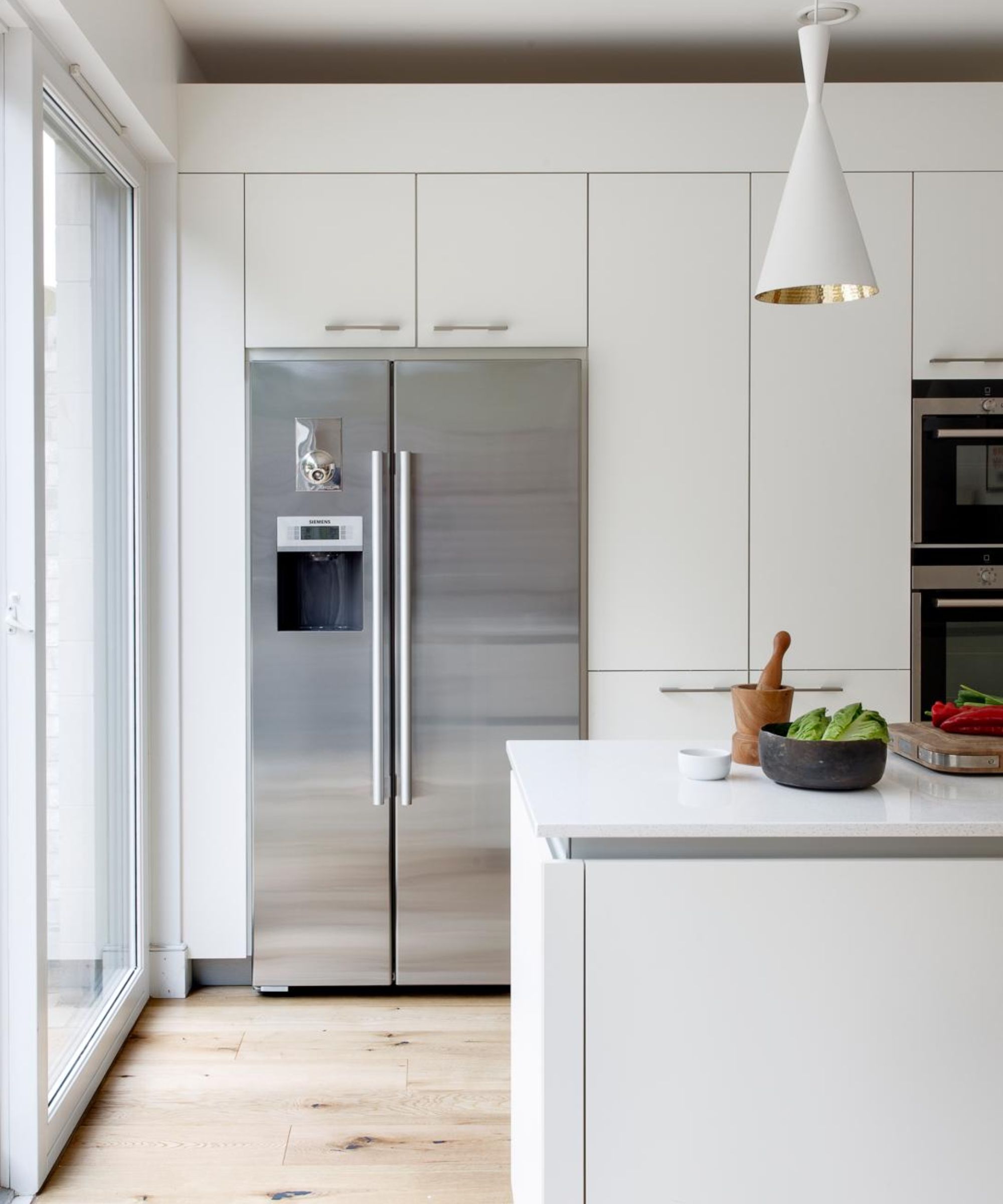
We can all get swayed by looks over efficiency, but when it come to large appliances such as refrigerators, washers and dryers, we need to do a little research before actually purchasing.
'For example, a household can save about $450 annually on energy bills when using ENERGY STAR products,' says Courtney.
If you have already bought an appliance that is sapping energy, then there are some steps to fix it. Courtney adds, 'Reducing your usage when possible, using power-saving (or similar) settings, and making energy-efficient upgrades are a few ways to keep electricity usage down with these appliances.'
Courtney has some great tips below too that you can put into practice:
- Wash clothes in cold water to reduce the electricity needed to warm the water when possible.
- Load appliances with full loads without over stuffing them to maximize energy usage. This includes large machines like washing machines and dishwashers.
- Keep the oven door closed as much as possible while food is cooking and if you need to open it to check things over, keep the opening duration as short as possible. The heat loss can result in more energy needed to reheat the oven.
- Consider using smaller appliances such as a brilliant non-toxic air fryer instead of a full oven to reduce energy consumption. You can also use a slow cooker, or air dry clothes indoors instead of using the dryer.
And, when it’s time to replace your appliance, shop for energy-efficient ENERGY STAR products.
- Best places to shop for washer dryers
- Best place to shop for refrigerators
- Best place to shop for appliances
Meet our experts

Bob is an energy expert, engineer and the co-founder/CEO of Whisker Labs. The company creates and deploys Ting – a small plug-in device that predicts and prevents electrical fires while also monitoring and analyzing the electrical grid local to the area its being used in.

Courtney Klosterman is a Home Insights Expert at Hippo, the home insurance group focused on proactive protection.

Clement is the Vice President of Product Management at Briggs and Stratton Energy Solutions. For over two decades, Clement has helped educate homeowners and business owners to achieve energy independence and improve resilience in managing power outages.

Bill develops and manages an external network of HVAC (Heating, Ventilation and Air Conditioning) contractors to actively promote natural gas and associated energy efficiency programs to residential and small commercial customers in the South Jersey market.
It can be overwhelming when you realize many of your key home appliances are leeching more money out of your than necessary but the good news is with these expert tips, you can definitely do something substantial about it.
Our experts' tips will get you on the right track to keeping your energy consumption and costs down, as well as help your devices last longer.
Next, Delve into home maintenance tasks that will help lower your energy bills and how to reduce your water bills to pump up your home's efficiency.
Sign up to the Homes & Gardens newsletter
Design expertise in your inbox – from inspiring decorating ideas and beautiful celebrity homes to practical gardening advice and shopping round-ups.

Sophie has been an interior stylist and journalist for over 20 years and has worked for many of the main interior magazines during that time, both in-house and as a freelancer. On the side, as well as being the News Editor for indie magazine, 91, she trained to be a florist in 2019 and launched Flowers Inside My Head where she curates beautiful flowers for modern weddings and events. For Homes & Gardens, she writes features about interior design – and is known for having an eye for a beautiful room.
-
 Marble kitchen countertops are a luxurious choice, but are they practical? I asked designers and kitchen experts whether they are form over function
Marble kitchen countertops are a luxurious choice, but are they practical? I asked designers and kitchen experts whether they are form over functionThe pros and cons, care tips, and styling advice designers say you need to know
-
 5 warning signs it’s time to replace your air conditioner for stress-free and safe summer cooling
5 warning signs it’s time to replace your air conditioner for stress-free and safe summer coolingDon't waste money on energy bills or risk danger, HVAC experts warn
-
 Professional cleaners reveal whether natural cleaners can disinfect common household bacteria and viruses
Professional cleaners reveal whether natural cleaners can disinfect common household bacteria and virusesThe answer may surprise you
-
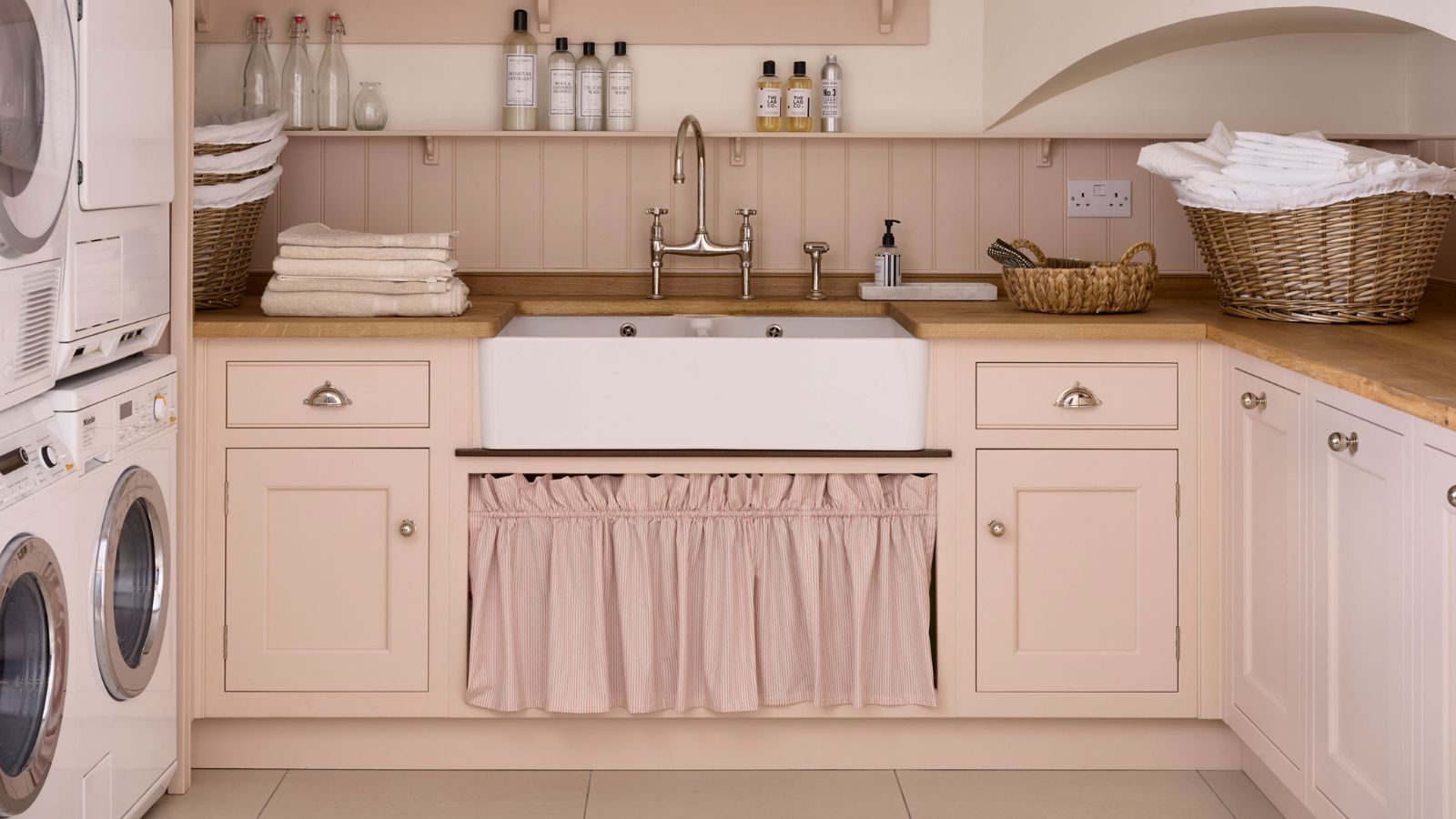 'They are not designed to be storage' – experts warn you should never store these 5 things on your washer or dryer
'They are not designed to be storage' – experts warn you should never store these 5 things on your washer or dryerYou'll run the risk of fire or damage to your appliance
-
 This $5 hack can cut your water bill in half and vastly improve your water pressure – it's perfect for renters and homeowners alike
This $5 hack can cut your water bill in half and vastly improve your water pressure – it's perfect for renters and homeowners alikeA faucet aerator can improve flow, reduce water, and help with washing up
-
 What are gutter guards, and do they really work? Roofing experts reveal these mean 'less to worry about', including mold and pests
What are gutter guards, and do they really work? Roofing experts reveal these mean 'less to worry about', including mold and pestsThey also help prevent water-related damage
-
 5 surprisingly practical ways to re-purpose old bed sheets for cleaning, decluttering and storage at home
5 surprisingly practical ways to re-purpose old bed sheets for cleaning, decluttering and storage at homeDon't ditch worn-out bedding – there's life in them yet
-
 Do you need to turn the lights off when you leave a room? Experts have ended this time-honored debate once and for all
Do you need to turn the lights off when you leave a room? Experts have ended this time-honored debate once and for allOn or off? We delve into the details of this age-old dispute
-
 I tried the baking soda trick to quickly and naturally clean my outdoor rug – it’s now set for Easter outdoor hosting
I tried the baking soda trick to quickly and naturally clean my outdoor rug – it’s now set for Easter outdoor hostingBaking soda is perfect for lifting dirt and debris
-
 The 5 worst things you can do to your fridge – these will drive up energy costs and result in pricey and regrettable repairs
The 5 worst things you can do to your fridge – these will drive up energy costs and result in pricey and regrettable repairsIt's crucial to swerve these blunders, appliance experts warn